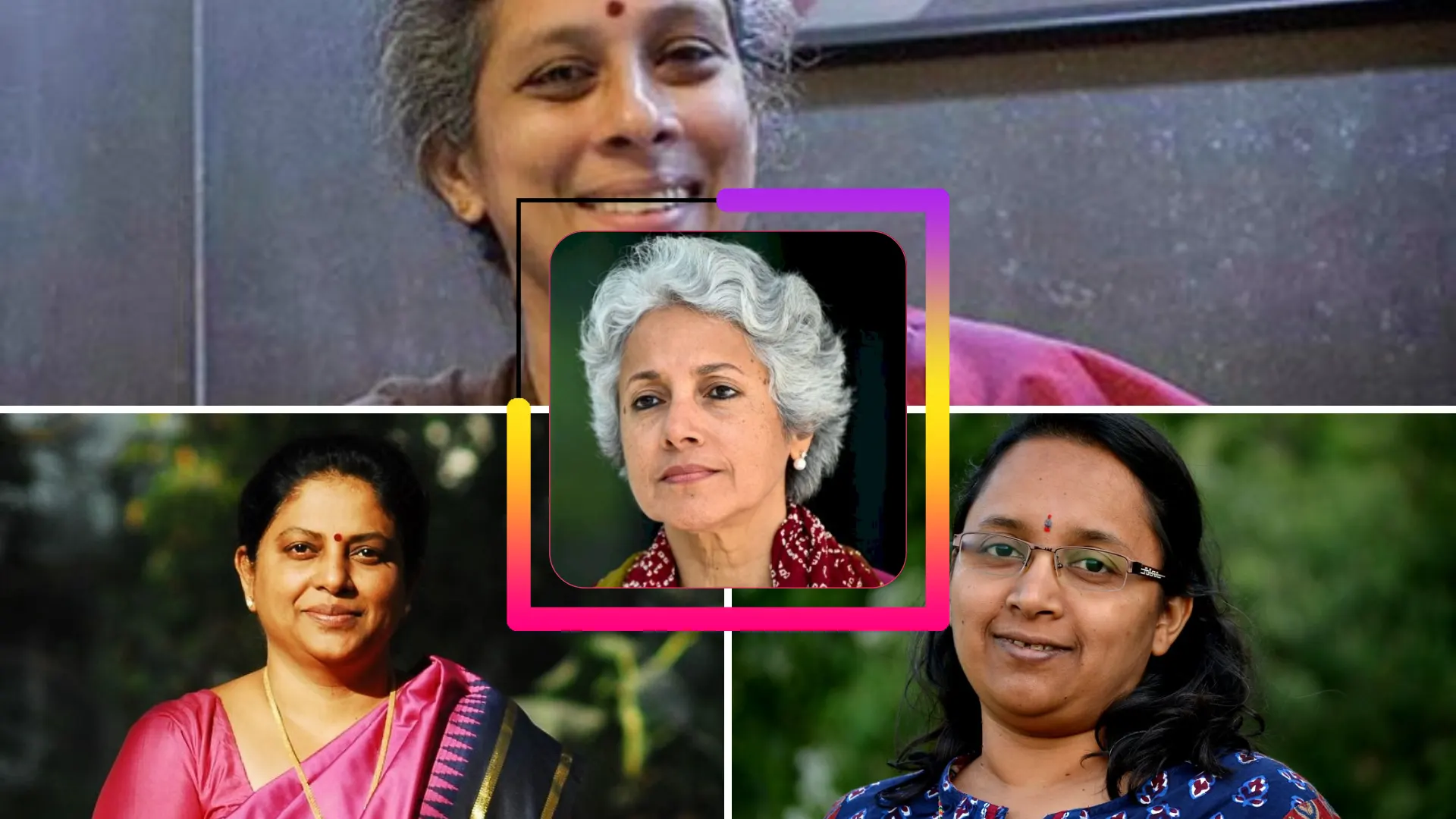Hearing of cancer is kind of scary and baffling. But, every time this sort of concern arises, it makes me think about what makes it critical to the level that harms our emotions, health, joy and life altogether. The news came up recently when TV Actor Dolly Sohi shared that she had to take a break from shooting her television series “Jhanak” owing to issues that arose when she was undergoing treatment for cervical cancer.
Sohi stated in an interview with the Times of India that she turned a blind eye to all of the warning signs regarding her health for months, which ultimately led to a decline in her condition.
Dolly Sohi’s Brave Announcement:
She stated, “I have quit the show because I want to focus on my health. I was working during my chemotherapy, but now I am undergoing radiation, and that takes a lot out of me. It was not possible to continue working for a daily soap, so I decided to quit. The production house has been supportive of my decision. Due to radiation, I have been feeling weak and unable to do anything. I have to undergo more radiation cycles, which will make it difficult for me to work.”
So if it is something that brings a red flag to you too, keep an eye here till the end:
Understanding Cervical Cancer:
Fighting a condition like cancer is challenging but needs to be figured out as early as possible. Cancer is a disorder that leads to the uncontrolled growth of body cells. Even if it spreads to other parts of the body at a later time, cancer is always named for the part of the body where it first manifests itself. When it starts in the cervix, its name is cervical cancer. This condition affects many women over the age of 30.
Infection of the human papillomavirus (HPV) that has persisted for a long time is the primary cause of cervical cancer. The human papillomavirus (HPV) is a sexually transmitted infection from one individual to another.
At some point, at least half of sexually active people will be infected with HPV, but only a small percentage of them will develop cervical cancer. People who become sexually active at a young age or have multiple sexual partners are more likely to get a high-risk type of HPV infection.
Factors to Know about the Risks:
Symptoms of Cervical Cancer:
Women need to be aware of all the symptoms associated with cervical cancer so that timely detection and treatment are possible. Typical symptoms of cervical cancer may include the following:
- Abnormal Vaginal Bleeding: Unusual bleeding that occurs between periods, after sexual activity, or after menopause can be an early symptom of cervical cancer.
- Pelvic Pain: Continuous pelvic pain or discomfort that is not associated with menstrual cycles or other transient conditions may be an indication of cervical cancer.
- Pain During Intercourse: When engaging in sexual activity, women who may have cervical cancer can experience pain or discomfort associated with sexual activity.
- Unexplained Weight Loss: In certain cases, advanced stages of cervical cancer are associated with sudden and unexplained weight loss.
- Fatigue: Generalised exhaustion or a sensation of low energy that continues despite adequate rest is what we mean when we talk about fatigue.
Know Better – Benign or Malignant?
Cervical cancer occurs when healthy cells on the cervix become infected with HPV and grow out of control, causing a tumour. Long-term HPV infection of the cervix can cause a tumour. Tumours can be malignant or benign. Malignant tumours can spread. Benign tumours do not spread.
A cell’s initial modifications are abnormal, not malignant, and called “atypical cells.” Some atypical cells disappear without treatment, but others can develop malignant. This precancerous illness is called “cervical dysplasia” due to aberrant cell proliferation.
Sometimes dysplastic tissue must be eliminated to prevent malignancy. Dysplasia tissue can often be removed without affecting good tissue.
However, cervical cancer prevention may require a hysterectomy. A hysterectomy removes the uterus and cervix.
The treatment of precancerous lesions depends on the following factors:
- Lesion size and cell alterations
- Patients wish to have children later
- Age and health of the patient
- Doctor preferences
Takeaways
Dolly Sohi is one of the inspirations we come across when we forget how critical is our role in life. In fact, in the lives of our loved ones. Lets swear by that one moment when we felt that rage of ignoring our health for any small reason and take it as inspiration and feel the love for our selves. Lets bring happiness to our selves by doing bit by bit.
With our best wishes to Dolly in this battle against cervical cancer, let’s use this opportunity within her fight against the disease to enhance the talk about women’s health and make other people’s regular examinations and screenings a priority in their lives.
Take Care! Stay Healthy!!























































Leave a Comment